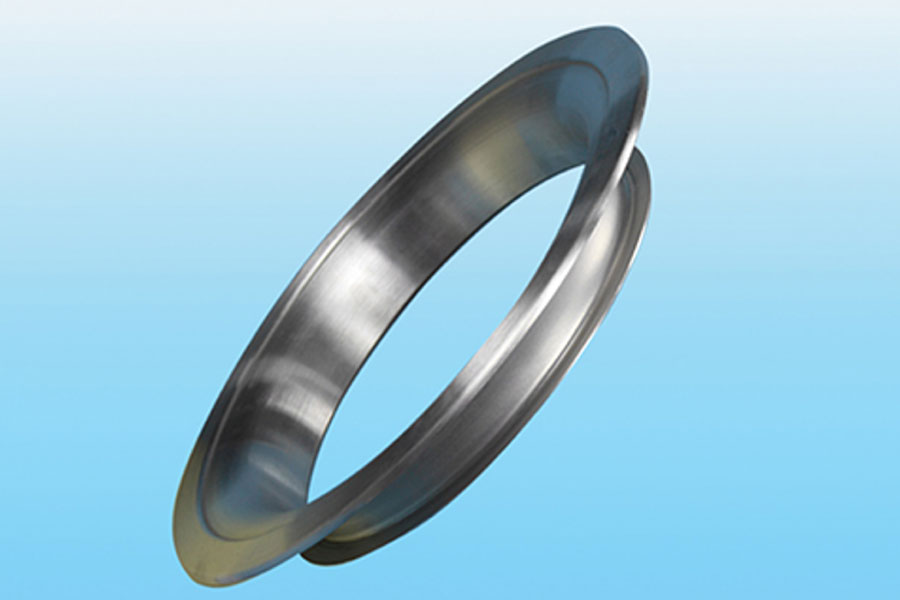Car owners consider replacing wheel hub spinning accessories, mainly hoping to beautify the appearance of the vehicle and improve performance by replacing wheel hubs, so the three most important points for wheel hub spinning accessories are: design, weight and quality.
The mainstream wheel manufacturing processes on the market today are forging, casting and emerging spinning processes. These understandings may not be well understood by laymen. I take this opportunity to take you to see what is the difference between spinning accessories:
- Forging: The advantages are light weight and high strength, but due to the high production cost, the price is often prohibitive. Emphasis: Made in the black metal forging workshop, we will not compare.
- Casting: traditional craftsmanship, low price but slightly inferior weight advantage, it is difficult to meet the performance improvement requirements of modified car owners.
- Spinning: Spinning wheels are lighter in weight and higher in strength than metal casting wheels. Although there is still a gap with forged wheels, the price is not good, so spinning wheels have now become the favorite of many modified car owners.
Condensation spinning technology can increase the strength of the traditional process by 20% and the toughness of the metal by 50%, thereby reducing the weight by 20% under the same load-bearing strength, which can be close to the level of forging. Taking the American ACE wheel as an example, the weight of the condensation spinning wheel is close to that of the HRE forged wheel of the same size and similar shape. And because the condensation spinning process changes the arrangement of the metal molecules, the metal structure is tighter and stronger, so the shape can be more abundant. The same shape of the condensation spinning wheel spinning accessories has a much higher bearing weight than the casting wheel.
